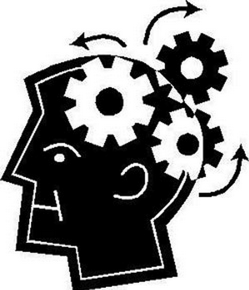Mental Health | Depression or Cognitive Disorder?

 Brain Imaging Can Help Distinguish Between Depression and Cognitive Disorders Like Alzheimer’s
Brain Imaging Can Help Distinguish Between Depression and Cognitive Disorders Like Alzheimer’s
A brain imaging technique called single photon emission computed tomography, or SPECT, can help clinicians differentiate between depression and a cognitive disorder such as Alzheimer’s disease, according to new research.
The study, “Classification of Depression, Cognitive Disorders, and Co-Morbid Depression and Cognitive Disorders with Perfusion SPECT Neuroimaging,” was published in the Journal of Alzheimer’s Disease.
Depression is usually diagnosed with tools such as the Beck Depression Inventory. But there was no significant difference in the burden of depression symptoms between people with both depression and cognitive disorders compared to those with either condition. This increases the difficulty of correctly diagnosing these disorders, based on the severity of depression symptoms alone
- Depression and cognitive disorders are two common co-morbid afflictions that present overlapping symptoms. But how can clinicians distinguish between both conditions?
"This is a critical clinical question that has practical implications for patient management and treatment. These disorders have very different prognoses and treatments and being able to improve diagnostic accuracy can improve outcomes for some patients.” Daniel G. Amen, MD, lead researcher and psychiatrist.
 People with cognitive disorders had lower cerebral perfusion compared to those with depression. In those with both conditions, cerebral hypoperfusion was additive, with regions showing lower regional cerebral blood flow compared to either diagnosis alone.
People with cognitive disorders had lower cerebral perfusion compared to those with depression. In those with both conditions, cerebral hypoperfusion was additive, with regions showing lower regional cerebral blood flow compared to either diagnosis alone.
The researchers also found that SPECT was able to differentiate depression from cognitive disorders with an accuracy of 86 percent. Furthermore, SPECT was able to distinguish depression or dementia in people with both conditions with an accuracy of 83 percent.
The results indicate that perfusion neuroimaging with SPECT can distinguish depression from dementia, and may help clinicians more accurately diagnose these two disorders.


